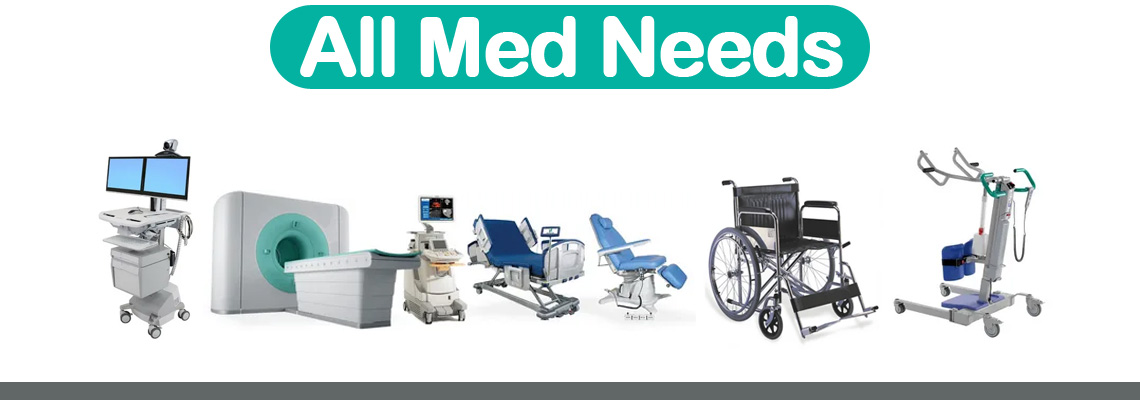
What is Intravenous (IV) Cannula?
An intravenous (IV) cannula, often referred to simply as a "cannula," is a medical device used for the administration of fluids, medications, and other treatments directly into a patient's bloodstream. It plays a critical role in modern healthcare by providing a safe and efficient means of delivering various substances directly into the circulatory system. This article will explore the purpose, types, insertion techniques, benefits, risks, and advancements associated with IV cannulas.
Purpose and Importance
The primary purpose of an IV cannula is to facilitate the rapid and controlled delivery of fluids, medications, blood products, and other therapeutic substances into a patient's bloodstream. This direct access to the circulatory system enables healthcare professionals to quickly respond to emergencies, manage dehydration, administer pain relief, provide nutritional support, and deliver a wide range of medical treatments.
Types of IV Cannulas
- 1. Standard Peripheral IV Cannula: This is the most common type of IV cannula, used for general purposes such as hydration, medication administration, and blood sampling. It is typically inserted into veins in the arms, hands, or legs.
- 2. Safety IV Cannula: Equipped with safety features to prevent needlestick injuries, safety IV cannulas have mechanisms that shield the needle upon insertion and retraction.
- 3. Extension IV Cannula: These are used to extend the length of the IV line, allowing easier movement of the patient while maintaining a secure connection.
- 4. Over-the-Needle Catheter: This design involves placing a catheter over the needle, which is withdrawn after insertion, leaving the catheter in place.
- 5. Winged IV Cannula (Butterfly Needle): Featuring flexible wings that aid in stabilization, these are often used for patients with difficult veins or for short-term access.
Insertion Techniques
Inserting an IV cannula requires skill and precision to minimize patient discomfort and complications. The general procedure involves:
- 1. Selecting the Site: Healthcare professionals identify suitable veins, considering factors like vein size, visibility, and patient comfort.
- 2. Preparing the Site: The chosen site is cleaned and disinfected to minimize the risk of infection.
- 3. Insertion: The needle or catheter is inserted into the vein while maintaining a shallow angle. Once the needle is in place, the catheter is advanced into the vein, and the needle is withdrawn.
- 4. Securing the Cannula: The cannula is secured in place using adhesive dressing or tape. A transparent dressing allows monitoring of the insertion site.
- 5. Flushing and Connection: The cannula is flushed with saline to confirm proper placement and ensure patency. It is then connected to the IV line for treatment administration.
Benefits of IV Cannulas
- 1. Rapid Onset: Medications and fluids administered via IV cannulas have a faster onset of action compared to oral administration.
- 2. Precise Dosage: Healthcare professionals can accurately control the dosage of medications and fluids delivered through IV cannulas.
- 3. Emergency Response: IV access provides a quick route for delivering life-saving treatments in emergency situations.
- 4. Continuous Treatment: Long-term treatments can be administered continuously or intermittently through IV cannulas.
- 5. Avoiding Digestive System: By bypassing the digestive system, IV administration is suitable for patients with gastrointestinal issues.
Risks and Considerations
While IV cannulas offer numerous benefits, they also come with potential risks and considerations:
- 1. Infection: Poor insertion technique or inadequate hygiene can lead to local or systemic infections.
- 2. Phlebitis: Inflammation of the vein (phlebitis) can occur due to irritation from the cannula or infused substances.
- 3. Infiltration: If the cannula dislodges from the vein, fluids can accumulate in surrounding tissues, causing discomfort and complications.
- 4. Thrombosis: Blood clots can form around the cannula tip, potentially leading to serious complications.
- 5. Allergic Reactions: Some patients may experience allergic reactions to materials used in the cannula or adhesive dressings.
- 6. Fluid Overload: Rapid administration of fluids can lead to fluid overload and electrolyte imbalances.
Advancements in IV Cannulas
Medical technology is constantly evolving, and IV cannulas are no exception. Some advancements include:
- 1. Safety Features: Modern cannulas often include safety mechanisms to prevent accidental needlestick injuries.
- 2. Ultrasound-Guided Insertion: Ultrasound technology helps healthcare professionals visualize veins, improving the accuracy of cannula insertion.
- 3. Antimicrobial Cannulas: Some IV cannulas are coated with antimicrobial agents to reduce the risk of infection.
- 4. Smart IV Systems: Integrated electronic systems allow for precise control and monitoring of IV fluid administration.
In conclusion, IV cannulas are crucial tools in modern medicine, enabling healthcare professionals to provide timely and accurate treatments to patients. While they come with risks, proper training, adherence to best practices, and technological advancements contribute to their safe and effective use. As medical technology continues to evolve, IV cannulas will likely become even safer and more efficient, further enhancing patient care in various medical settings.
